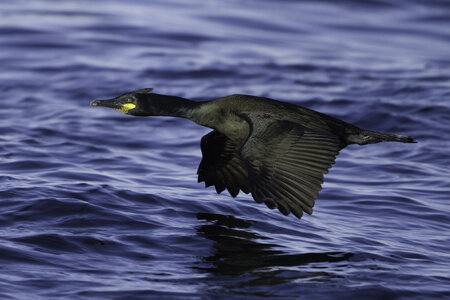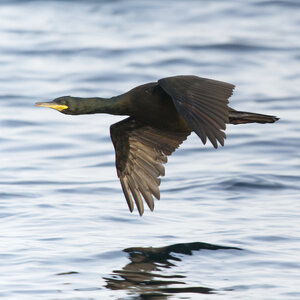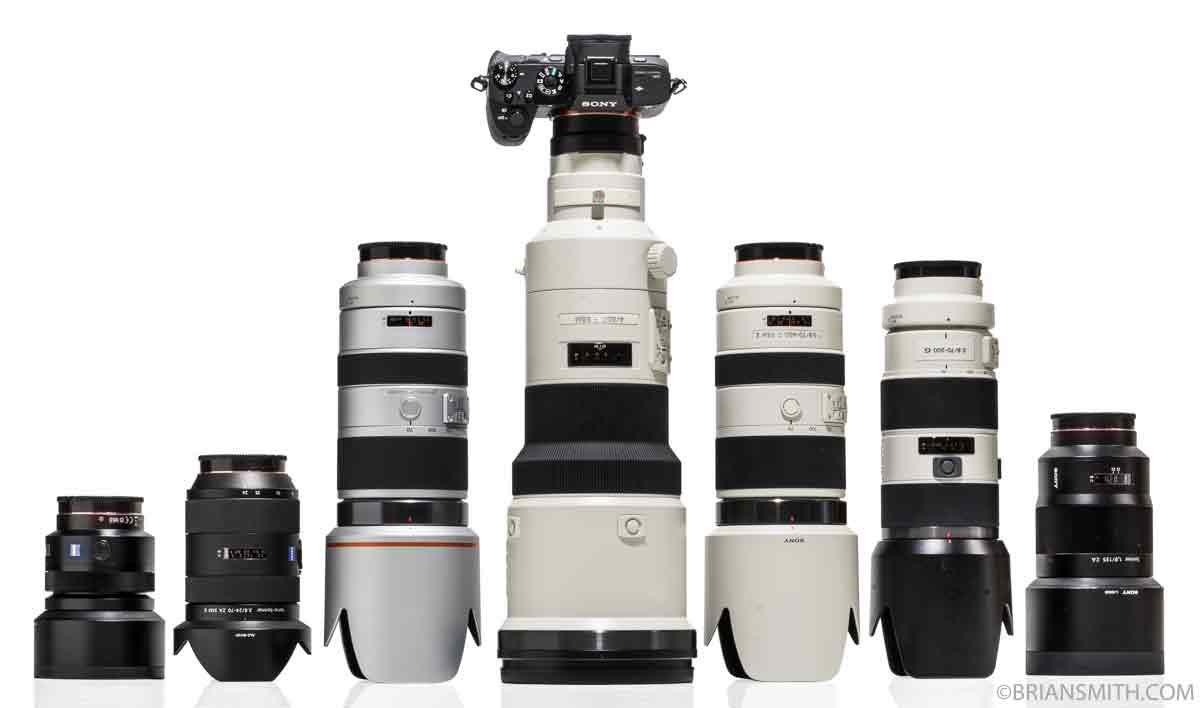Pro Member
- Followers
- 3
- Following
- 3
- Joined
- Feb 27, 2021
- Posts
- 126
- Likes Received
- 163
- Trophy Points
- 43
I was watching Mark Smith's setup for Sony A7riv and he set this AEL w/shutter to auto.. I use back-button focusing and when I many times half-press the shutter will I then also block the contious focus? Doesn't AEL stand for Auto Exposure lock? And especialy in a burst of a B.I.F. will I then lock the focus when I hold down the shutter?
And question nr.2 : He also have the Phase Detect Area set to off? What is that?
And question nr.2 : He also have the Phase Detect Area set to off? What is that?



